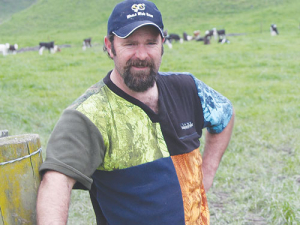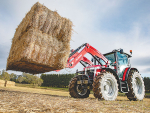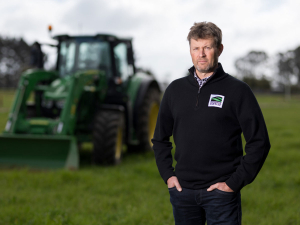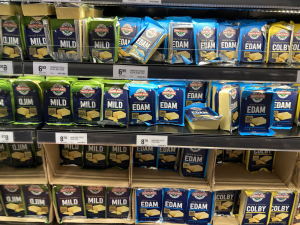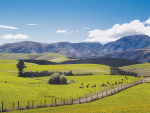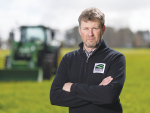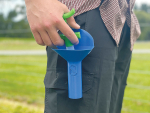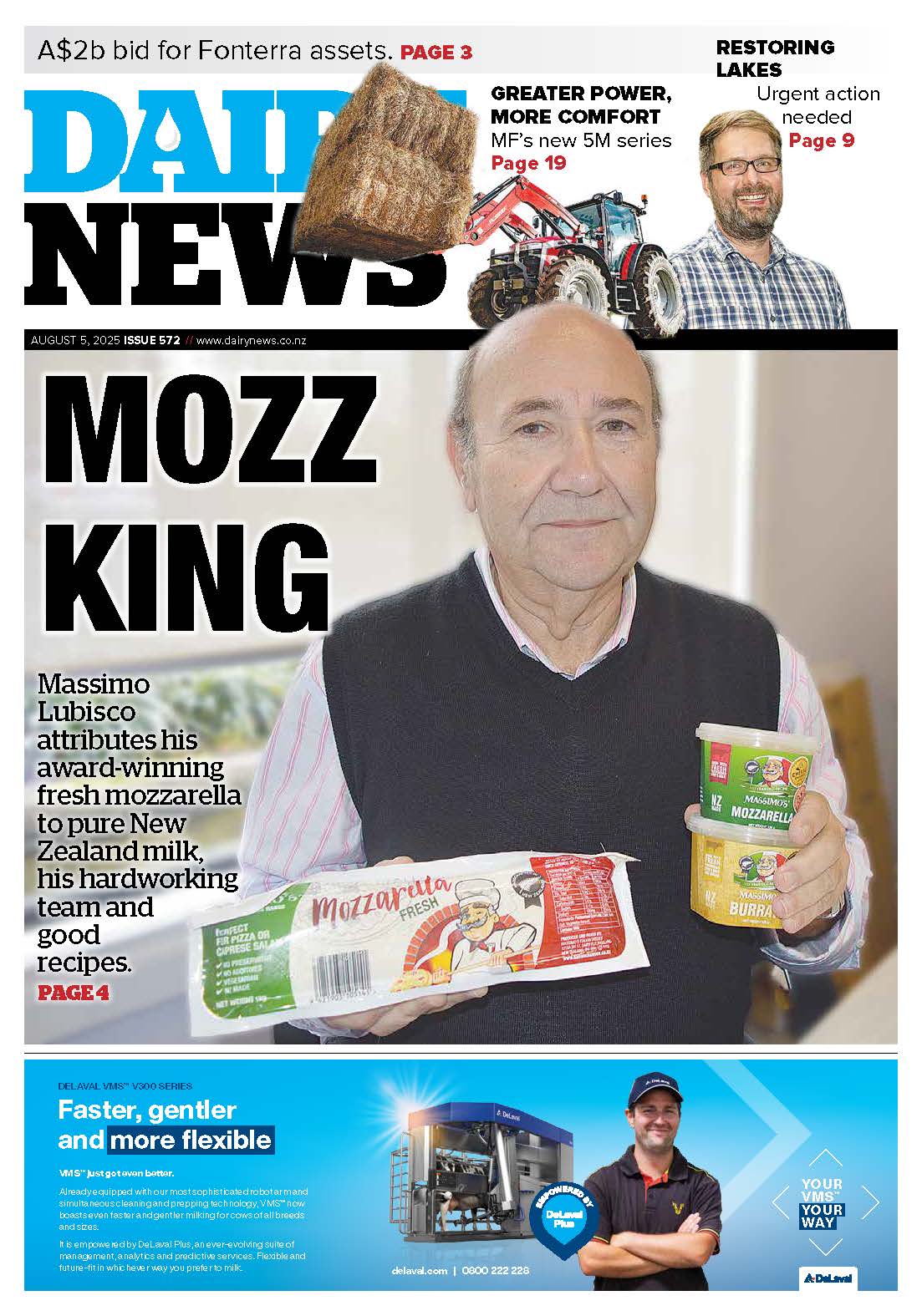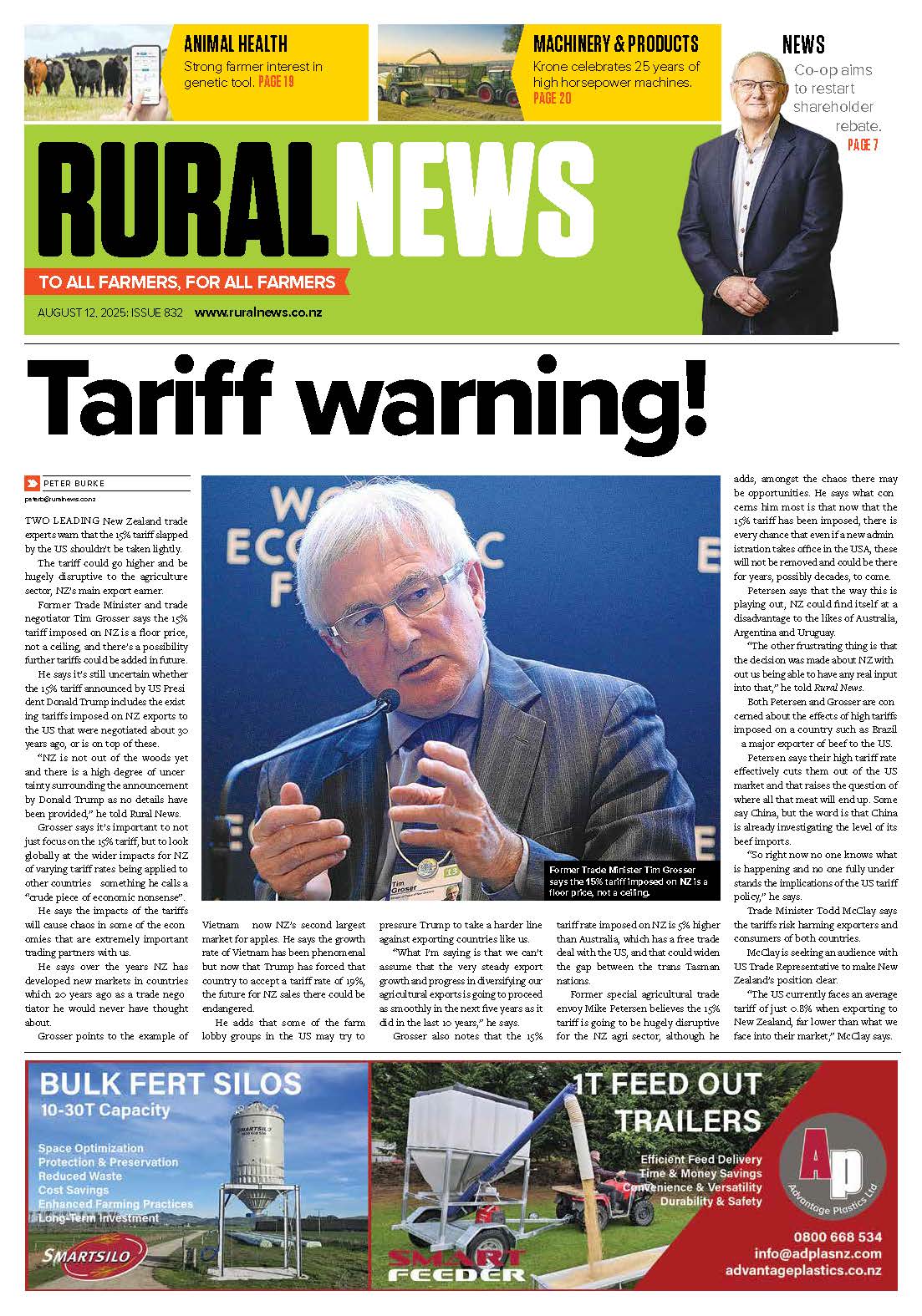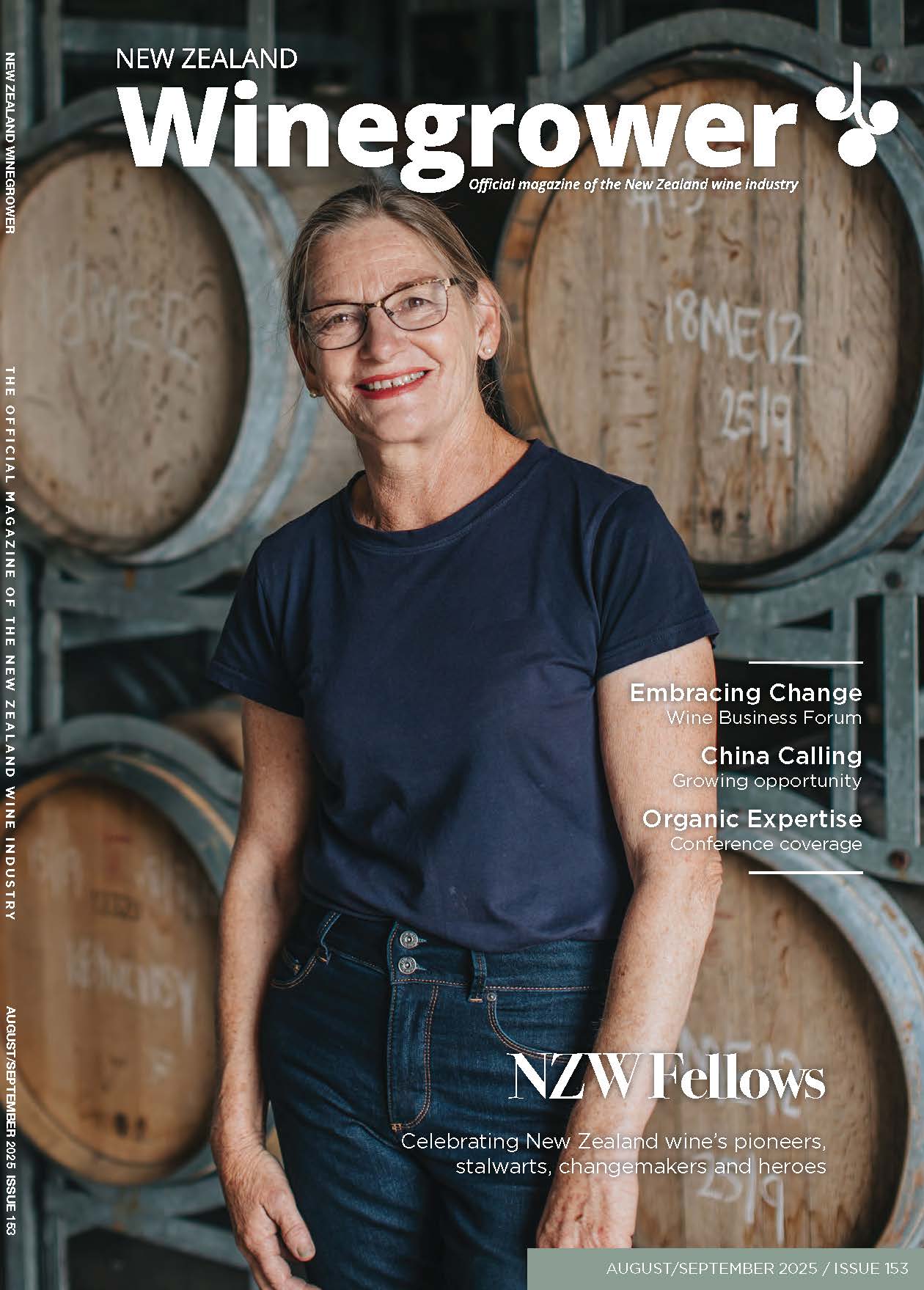Bay of Plenty/Hawkes Bay/Central Plateau breeding consultant Will Blakeway says the new focus is evident in calls he gets from a growing number of farmers.
“The rising price of land, combined with ever increasing environmental pressures, is resulting in more farmers looking to improve the quality of their herd so they can improve and increase their farm’s profitability with the same or less cows,” Blakeway says.
Originally from South Africa, Blakeway grew up on his family’s Kwa-Zulu Natal dairy, beef and sheep farm with a fascination for the expression of genetics in animal conformation and production. He emigrated, with his young family, to New Zealand a decade ago, working in a sales and advisory role at LIC in the Bay of Plenty for eight years.
He then switched to World Wide Sires in the Bay of Plenty, Hawkes Bay and Central Plateau.
“It was a fantastic opportunity and one I jumped at because the company is in the business of producing cows which meet the production needs of farmers in more than 90 countries around the world, from grass based to TMR systems.
“There isn’t another company in the world with the size and depth of their genetic database, providing me with a real tool to help my farmers address the conformation and health issues which are now becoming common on farms around the country. This can only continue to improve as World Wide Sires have just increased their investment, in producing the next generation of elite bulls, from US$8 million to US$24m per annum.”
Blakeway says he regularly speaks with farmers having to cull an unacceptably high percentage of their heifer replacements because they lack the physical fundamentals required of a commercial dairy cow.
Whakatane dairy farmer, Graham Lyford, said the level of inbreeding in his 180 cow herd caused him to move to World Wide Sires in 2016.
“It wasn’t until I got a printout from the company I had been with, advising what bulls I shouldn’t put over certain cows, that I realised the extent of inbreeding in the herd. I was shocked to see how many of the bulls couldn’t be used on a lot of cows; it was annoying mucking around having three or four different bulls in the row I would mate during milking. When I tried to get an outcross bull they all still seemed to come from the same family.
“That was when I moved to World Wide Sires. We run an organic farm with once-a-day milking and are changing the breed composition to Jersey because they seem to handle OAD well.
“I don’t really care about BW and PW, but I do want good producers. To me, milking speed, shed temperament, udder composition and capacity come ahead of so-called best bulls with unbelievably high BW.
“I’m in the dairy every day so it’s important that the cows have great temperament and milk well; if they lack either of those traits, they go.”
The result of those matings is now on the ground -- calves which Lyford’s father Rob says “look good considering the bloody hard winter and spring we are having”.
The real test, Lyford says, is when these calves go into the herd in two years. “Our goal is to maintain or improve production with the same or fewer cows and the way these calves look, behave and are growing makes me feel confident we’re on the right track.”
About an hour east of Whakatane, Andrew Brown has also moved away from the New Zealand gene pool to address quality issues in his herd. His Gabriels Gully 184ha farm milks 400 cows, mostly Holstein-Friesian and Crossbred, once-a-day.
Inconsistencies in the size of the cows, coupled with conformation issues, led to him reviewing the genetics he had been using.
“We’re getting inconsistencies across the herd – small, medium and large – which creates problems in a herringbone milking shed where the smaller cows get pushed around. Our goal is to gradually change the herd to moderate sized Holstein/Friesians with high components and the udder support and capacity necessary to handle once-a-day milking.
“The farm is a mix of flats and hills so they also need to have strong legs and feet.
“The NZ-based breeding companies tend to have similar genes; it’s a narrow pool and we’ve been seeing the results in the quality – or lack of it – in our heifers. This year, for example, we have had to cull 20% of our replacement heifers which is a horrendous figure.
“It is very frustrating to spend two years growing and caring for these young animals and then have them come into the herd with small, poorly attached udders, sickle or cow hocks and narrow pin bones so there’s no room for a decent udder, poor teat placement and blind teats. It’s an experience we couldn’t afford to repeat, and we won’t.”
In 2016 the Browns moved 50% of their mating plan to World Wide Sires to take advantage of its large gene pool with sires which will address the conformation and performance issues evident in the herd.
“Going 50% meant we could compare the resulting calves with the breeding company we’d been using.”
Based on the comparison, Brown will this year put 95% of the herd to World Wide Sires.
Calf rearing on the Brown farm falls to Andrew’s father Jack, who says the difference between the “two crops of calves” is easily seen. If they’re as good as heifers as they are as calves, we’ll achieve our aim.”





